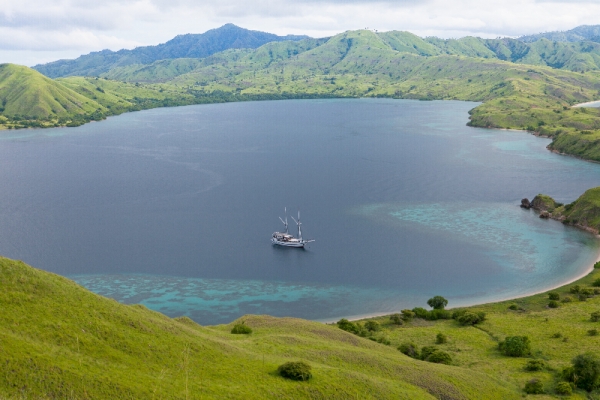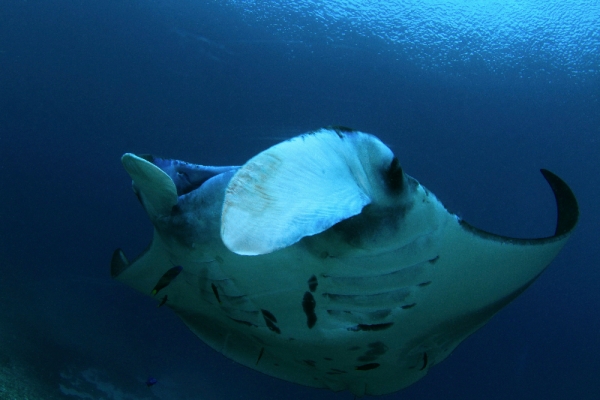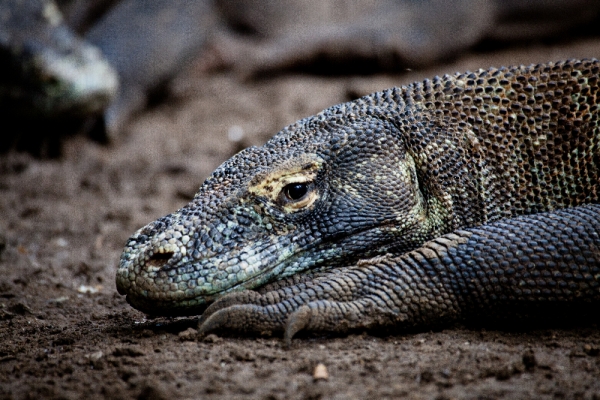Komodo
Het land dat Time vergeten
Komodo! Noem het woord in bedrijf bijna overal en je bent waarschijnlijk om dezelfde reactie te krijgen; gedempte gemompel over een mythische, ver land gedomineerd door kale zon verschroeide bergen en laaggelegen primordiale bossen ingesteld op eilanden omringd door schitterende koraalriffen. Het gesprek zou dan volgen, dat deze eilanden worden beschermd door de felle stroming van een verraderlijke diepblauwe zee en geregeerd door de meest inspirerende roofdier op de planeet!
En weet je wat? Deze beschrijving is ongeveer zo dicht als het wordt!
Onlangs in november 2011, Komodo National Park werd uitgeroepen tot een van de nieuwe 7 Wonders of the World in de categorie natuur, het verslaan van de wereldberoemde Great Barrier Reef in Australië en Tubbataha Reefs in Filipijnen.
Welkom naar Komodo, de “Land dat Time vergeten”.
& Nbsp;
Komodo – Waar is het?
* Midden in de Indonesische archipel
* 8 graden ten zuiden van de evenaar, 120 graden oosterlengte
* 250 nautische mijlen ten oosten van Bali
* Tussen de eilanden Sumbawa en Flores
& Nbsp;
Komodo – Hoe komt u er
De Ombak Biru cruises 11 dag en 8 dagen programma's annd starten op het eiland Bali, gemakkelijk bereikbaar vanaf de VS en Europa door middel van veel Aziatische hubs. Eenmaal in Bali onze gasten de korte vlucht naar Labuhanbajo op het eiland Flores. Na de landing is er een korte trip naar de haven voordat u aan boord van het schip.
Het Komodo National Park
& Nbsp;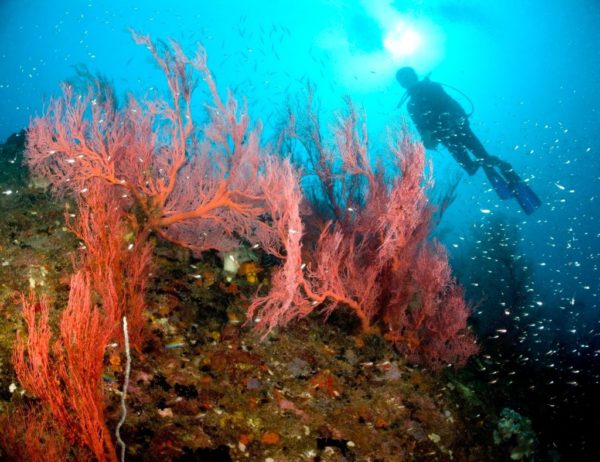 Established in 1980 as a UNESCO World Heritage Site the Komodo National Park is located some 250 nautical miles east of Bali and 8 degrees below the equator, deep in the Indonesian archipelago between the islands of Sumbawa and Flores. omvat 1,817 vierkante kilometer en bestaat uit de drie belangrijkste eilanden, Komodo, Rinca en Padar evenals vele andere kleinere eilandjes en rotsachtige bergen, het park wordt beschouwd als een van de meest opwindende natuurlijke wereld avontuur bestemmingen op de planeet. Onverschrokken reizigers kunnen hier een van de rijkste mariene milieu te ervaren in de wereld; van dichtbij en persoonlijk met de woeste Komodo Dragons samen met vele andere fascinerende land en zee ontmoetingen en excursies.
Established in 1980 as a UNESCO World Heritage Site the Komodo National Park is located some 250 nautical miles east of Bali and 8 degrees below the equator, deep in the Indonesian archipelago between the islands of Sumbawa and Flores. omvat 1,817 vierkante kilometer en bestaat uit de drie belangrijkste eilanden, Komodo, Rinca en Padar evenals vele andere kleinere eilandjes en rotsachtige bergen, het park wordt beschouwd als een van de meest opwindende natuurlijke wereld avontuur bestemmingen op de planeet. Onverschrokken reizigers kunnen hier een van de rijkste mariene milieu te ervaren in de wereld; van dichtbij en persoonlijk met de woeste Komodo Dragons samen met vele andere fascinerende land en zee ontmoetingen en excursies.
Marine Komodo
De enorme eilandnatie van Indonesië is de thuisbasis van 's werelds meest productieve marineecosystem en de Komodo National Park vlak bij het epicentrum van alle met wilde activiteit en in het midden van de Koraaldriehoek is. Het maakt deel uit van de Indonesische Throughflow, een belangrijke oceaan stroom die water draagt van de Stille Oceaan tot de Indische Oceaan, vandaar de totaal verschillende contrast in mariene milieu tussen Noord & Zuid-Komodo. Most world class diving sites are usuallyformed by either unusual volcanic formations of undersea rock or extensive deposits of coral limestone, washed over by nutrient rich marine currents. Fortunately during its evolution the Komodo region of Indonesia has been blessed with all of this! This spectacular seascape is comprised mainly of volcanic seamounts, pinnacles, walls and canyons as well as fringing reefs, coral gardens, mangrove bays and sandy slopes; creating an unmatched variety of very different and distinctive dive environments.
North & South
The range of dive sites and conditions in Komodo are legendary and the northern and southern sides of the park offer two distinct underwater environments. The Flores Sea is to the north and the Indian Ocean lies to the south and these two vast seas are connected by the Sape, Linta and Molo Straits. Between the months of March and November the clear warm waters flowing from the Banda and Flores Seas wash over the pristine hard coral gardens and seamounts in the north while in the south, deep cold water current from the Indian Ocean collide with the continental shelf causing upwelling’s that produce a vast plankton banquet for the marine life here. Between the months of December and February these water conditions are reversed with warm blue water lighting up the south while colder, greener conditions are evident on the northern sites. During a single day water temperatures can vary wildly between 30 to 18 degrees in just a short distance at some times of the year.
Fierce currents
Komodo is justly famous for its high energy adrenaline pumping dives and the gusting currents that surge and swirl through the deep channels around the seamounts between Komodo, Padar and Rinca islands and are the key to the parks wonderful marine life. These immense water movements produce such a wild variety of conditions that there is something here for everybody. Great visibility, massive cliffs of black basalt, sheer walls and dazzling coral gardens all combine to house one of the most prolific and diverse undersea ecosystem on earth!
Topside
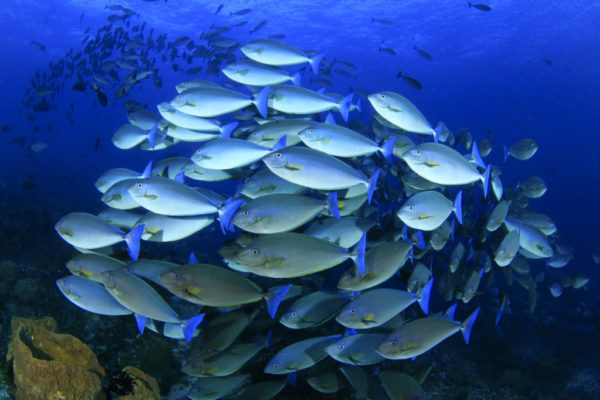 Komodo Topside, the landscape is dotted with islands and islets of every description, their volcanic bases have been carved by eons of ocean wear, but their crowns are distinctive and unique. While most of Indonesia is green and tropically lush, Komodo is much dryer featuring lofty rocky peaks, creature filled green forests and grassy slopes and meadows that give a savanna type feel to the landscape; the a perfect habitat for its most famous resident, the Komodo dragon, the largest lizard on earth!
Komodo Topside, the landscape is dotted with islands and islets of every description, their volcanic bases have been carved by eons of ocean wear, but their crowns are distinctive and unique. While most of Indonesia is green and tropically lush, Komodo is much dryer featuring lofty rocky peaks, creature filled green forests and grassy slopes and meadows that give a savanna type feel to the landscape; the a perfect habitat for its most famous resident, the Komodo dragon, the largest lizard on earth!
Beaches
The beaches of Komodo are a dream, sandy with a background of rocks and hills and mostly deserted. Great for trekking and beachcombing but not a good place for sunbathing however, you have to remember what else lives here. Looking at the sand on some of these beaches brings yet another surprise, it appears to be pink in colour, and it actually is! The vermillion organ pipe coral that thrive in Komodo does not lose its pigment when it dies, it just washes up on these beaches and gets crushed and ground up with the regular white sand and produces this remarkable candy floss colouration.
Wildlife
While the giant man eating monitor lizards living here are undoubtedly the stars of the show, the islands in the park also support an impressive array of native wildlife, both in the air and on the ground.
Effortlessly swirling high in the thermals close to shore breathtaking hunting displays by White Bellied Sea Eagles and Brahminy Kites are a show not to be missed. In the wooded areas the trees screech, chatter and hoot with Green Imperial Pigeons and Yellow Crested Cockatoos, and on the forest floor the Megapode bird, a close relative of the domestic chicken, can be seen digging and building their earth mound nests, and these a just some of the birds that make Komodo an ornithologists dream.
The two largest islands in the park, Komodo and Rinca, are home to many types of land based fauna too. Snakes are common, especially during the wetter months, and it is not unusual to come across a cobra, python or green tree viper during a cross country trek. Wild pigs or boar can often be seen rummaging around in the undergrowth or wallowing in a cool mud pool. Deer are plentiful while herds of goats are resident on some of the smaller islands like Gili Lawah Laut. The park also supports some huge water buffalo and many families of mischievous crab eating macaques although these two creatures are only found on Rinca.
But whatever or wherever they are, they are all just dinner for the main event!
Enter the Dragon
Imagine a 150kg, three metre long, armour clad monster with serrated ripping teeth set in immensely powerful jaws, four sets of razor sharp claws on the feet of each stocky leg.
Add to this a wickedly whipping tail capable of knocking a full grown man to the ground and the ability to inject toxic saliva into its victims with each bite. This all sounds like something straight out of a horror movie, your worst nightmare, or so you may think. Living on the islands of Komodo and Rinca, and nowhere else in the world, this mythical creature is no bad dream; this is the awesome Komodo Dragon!Many times during an expedition we get hair raising opportunities to get up close and personal with these animals while on treks on the islands – just make sure that you keep a close eye on the bushes, around the trees and even on the beach, this apex predator takes no prisoners.
Jurassic Park
So fasten your weightbelts and let’s begin our epic journey around one of the most diverse and unique areas of the natural world, to a land of dragons and dramatic landscapes, fierce currents and sparkling corals in seas teeming with more marine life than almost anywhere else on the planet, a real life “Jurassic Park” above and below the surface of the sea. Whether you are ripping along the top of a sea mount on an electrifying current dive, poking around in the shallows late in the day or visiting the islands on a topside adventure, Komodo is calling!
& Nbsp;


